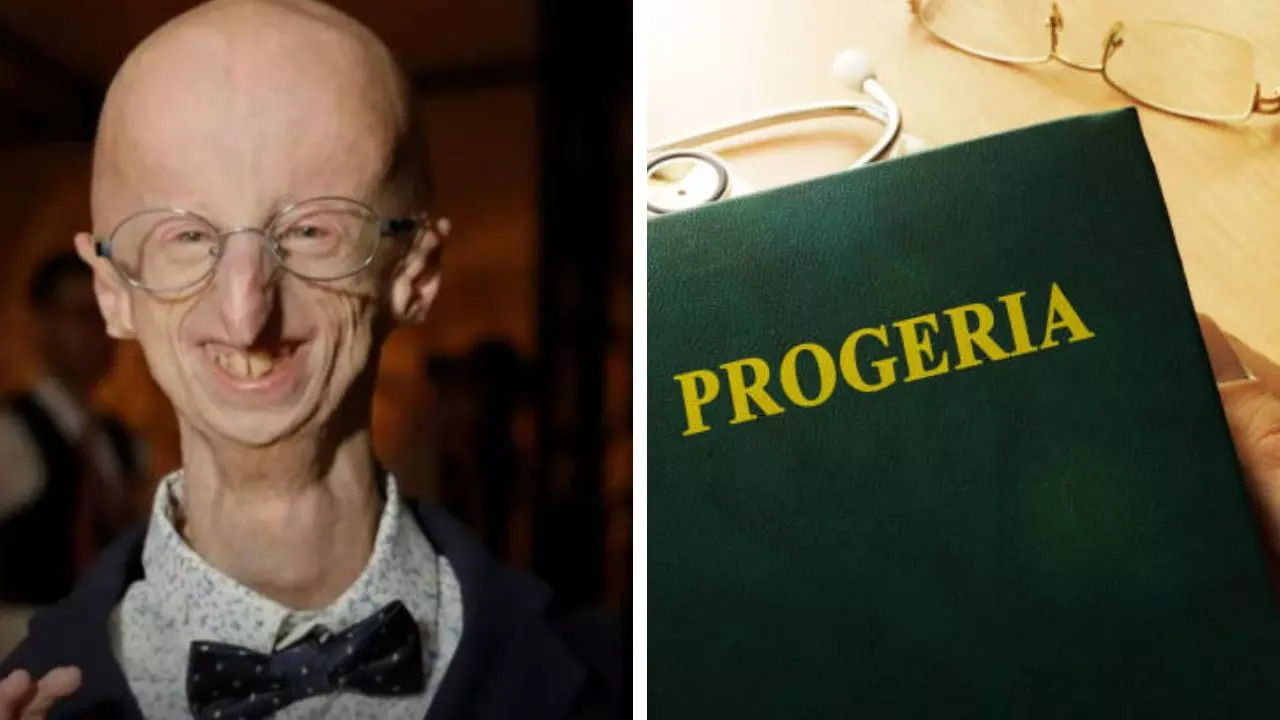Contents
-
news
-
Health
Longest-lived person from progeria dies at age 28; What is this rare condition that causes rapid aging?
Sammy Basso, who was the longest-serving survivor of the rare genetic disease progeria, has died at the age of 28. Also known as Hutchinson-Gilford syndrome or HGPS – Progeria makes people look older than they are – with a reduced quality of life and a life expectancy of only 13.5 years without treatment. Read on to know more.

There are only 130 recognized cases of classic progeria worldwide, four of which are in Italy.
According to news reports, Sammy Basso – the longest-lived survivor of the rare genetic disease progeria, which causes rapid aging beginning in the first two years of a child’s life – has died at the age of 28. Has died. also known as Hutchinson-Gilford Syndrome or HGPS – Progeria This makes people appear older than their age – quality of life is reduced and without treatment life expectancy is only 13.5 years.
According to statistics, this condition affects one in every eight million people born and its incidence worldwide is one in every 20 million.
Who was Sammy Basso?
Sammy was diagnosed with progeria at the age of two after being born in the Italian region Veneto in 1995. A decade later, his parents founded the Italian Progeria Association, and he became a household name thanks to the National Geographic documentary Sammy’s Journey. Which describes his life on Route 66 in the United States from Chicago to Los Angeles with his parents and one of his best friends, Ricardo.
“Today our light, our guide, has been extinguished. Thank you, Sammy, for making us a part of this wonderful life,” the association wrote on its Instagram page. According to news reports, there are only 130 recognized cases of classic progeria worldwide, four of which are in Italy.
How does progeria affect,
Experts say that Progeria is an extremely rare genetic disease, which causes rapid aging in children despite being healthy at birth. After their first few years of life, children start showing signs of premature aging and their growth rate slows down without increasing their weight.
Children with this condition have typical intelligence, but their condition causes varying physical characteristics, including:
- hair fall
- prominent, bulging eyes
- wrinkled skin
- small and underdeveloped jaw
- baldness
- Stiffness in joints with reduced range of motion
- thin and beaky nose
- face disproportionately small compared to head size
- reduction of subcutaneous fat
Doctors say Progeria is always fatal, although a drug called lonafarnib slows the progression of the disease. In most cases death is due to complications of atherosclerosis – a chronic inflammatory disease that occurs when plaque accumulates in the artery walls – such as a heart attack or stroke. It’s the same heart disease that typically affects millions of older adults, but at a much younger age.
What causes Progeria?
According to experts, a genetic mutation LMNA Genes cause this condition. This gene is responsible for making a protein called lamin A – a vital part of the structural framework that holds together the nucleus of every cell in your body.
A small mutation in the gene causes it to become irregular, destabilizing the nuclei of your cells and gradually damaging them. Due to this, every cell in your body dies quickly, which starts the process of premature aging. In all cases of progeria, the mutation occurs LMNA Genes, which means there is no biological family history of the disease, and it is not inherited from parents.
Can Progeria be treated?,
Doctors say there is currently no cure for progeria, but researchers are studying several drugs to treat the condition. Treatment for this condition includes lonafarnib – which improves many aspects of progeria, including increasing the average survival rate of children with the disease by two and a half years.
Physical therapy also helps your child regain good movement, balance and posture, in addition to reducing pain in the hips and legs.
Get the latest news live on Times Now with breaking news and top headlines from around the world.


